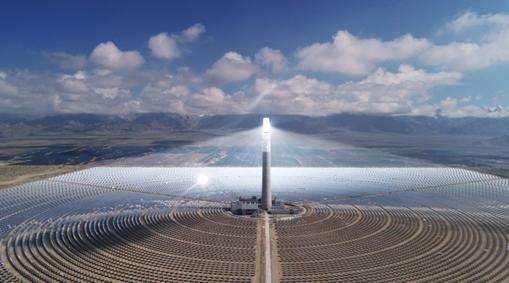Reason: The so-called limestone area is also a karst relief. The rocks are mainly water-soluble limestone, it is easy to break through the original weathered interstices of the rocks and continue digging downward. Year after year, after erosion, vertical cracks will form in the rock and surface water will seep into the ground through these cracks, forming undercurrents.
Geological features:
Surface water infiltrates easily, causing water quality type water shortage.
The formation of underground rivers with numerous caves and underground rivers is also linked to the rainy and mild climate
p>
The principle is that calcium carbonate forms soluble bicarbonate under the action of water and heat
Gentle wrinkles are a surface feature in limestone areas
The caves are all distributed throughout the limestone composition. In themountains, the main component of limestone is calcium carbonate. When it encounters water containing dissolved carbon dioxide, it reacts to form more soluble calcium bicarbonate. ; When water containing dissolved calcium bicarbonate is heated or when the pressure suddenly decreases, the calcium bicarbonate dissolved in water decomposes, regenerates calcium carbonate and settles, while releasing carbon dioxide. When the water at the top of the cave slowly flows downward, the calcium bicarbonate in the water undergoes the above reaction. Some settle at the top of the cave and others settle at the bottom of the cave. formed at the top of the cave and stalagmites at the bottom of the cave. When pillars are formed when stalactites and stalagmites are connected.














